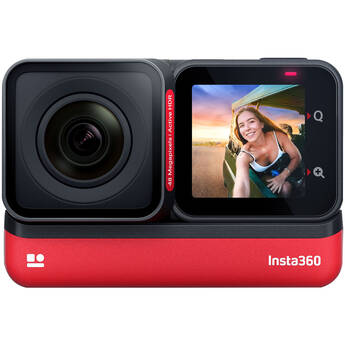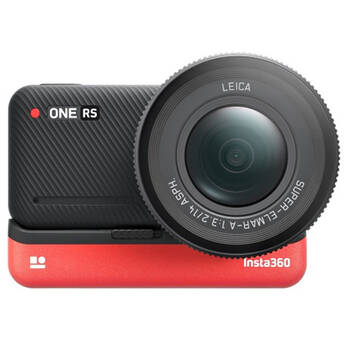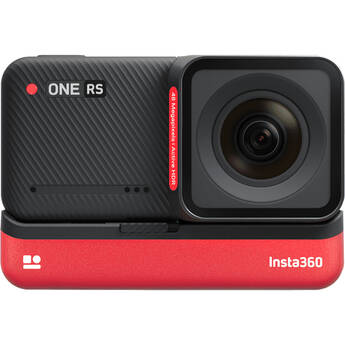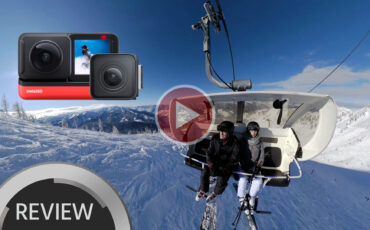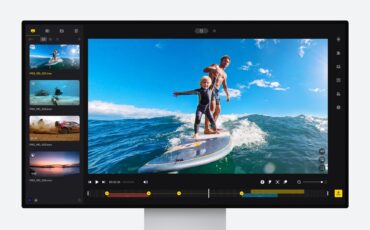Insta360 ONE RS Review – The Modular ONE R on Steroids
Music Courtesy of Epidemic Sound
Action camera manufacturer Insta360 has just released a new modular action camera – Insta360 ONE RS. It builds upon the modular ONE R action camera from 2020. I had a chance to play with the new ONE RS for a few days, so in my first look review, I tried to look at all the new features. Do not forget to check our other article with all the specs of the new ONE RS. Now, let’s see how the new Insta360 ONE RS performs in the real world.
Rather than a completely new camera, I see the new ONE RS as a refinement of the original ONE R. In fact, this new action cam uses the same 360 camera module and the 1″ camera module as the ONE R. So what exactly is new?
New 48MP 4K Boost Lens
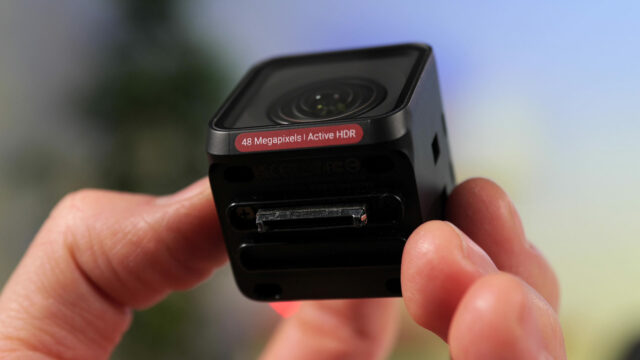
First of all, the Insta360 ONE RS features a new 4K Boost Lens camera module with a 48MP 1/2″ sensor and a faster f/2.4 lens. For reference, the ONE R 4K wide-angle module has a smaller 12MP sensor with an f/2.8 lens. As far as I know, 48MP is the highest resolution sensor in any action camera ever, so naturally, I was curious if the ONE RS really excels in photo mode. First, I compared jpeg photos straight from the ONE R and ONE RS.
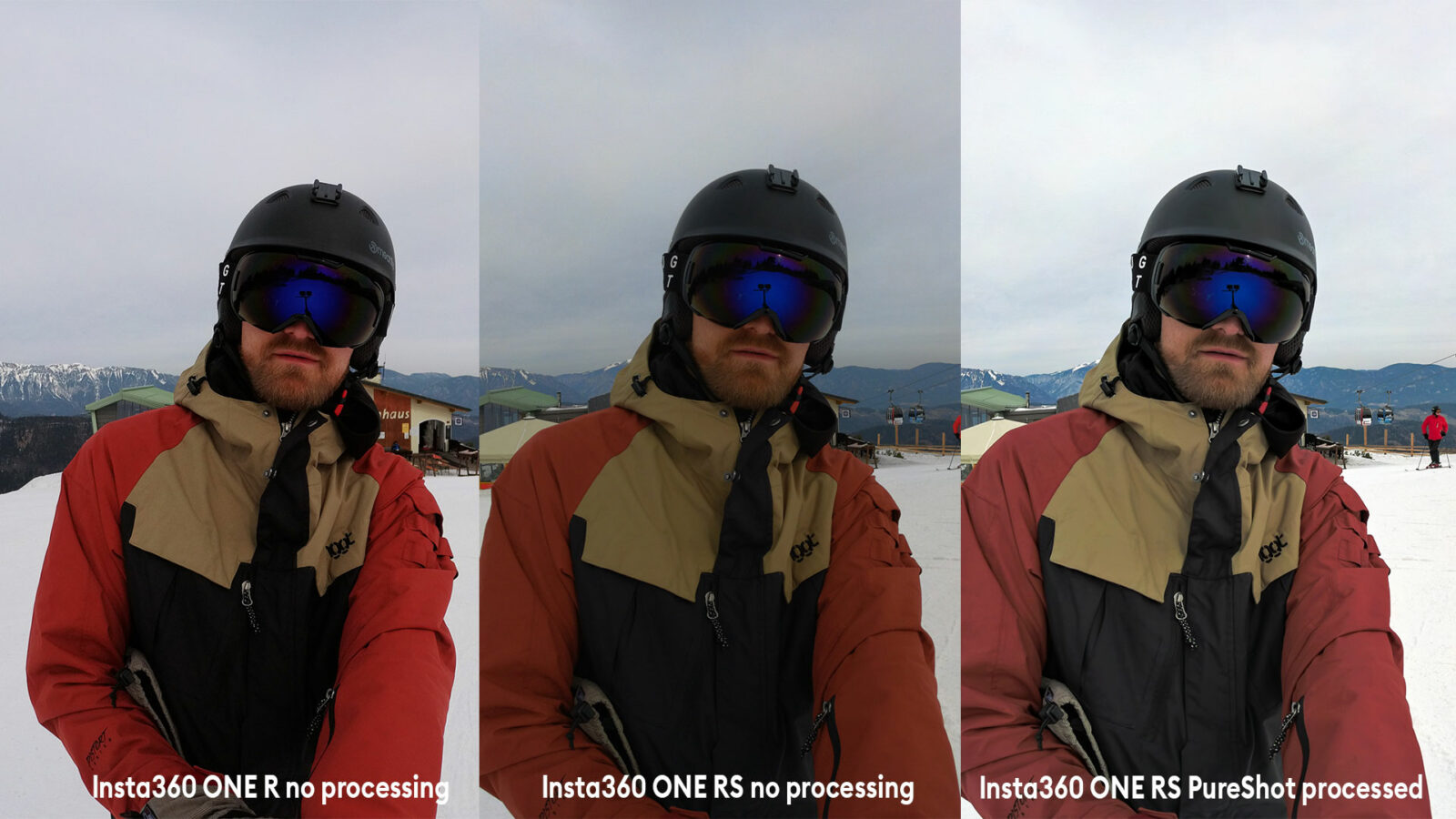
After that, I compared raw photos from both cameras with the addition of the GoPro HERO10. The raw photos from both Insta360 cameras were automatically processed with the so-called PureShot in the Insta360 Studio and the GoPro HERO10 raw photo was processed manually in lightroom. To be honest, I did not see much of a difference between the 48MP photo and the lower resolution photos from the other cameras. I was expecting more detail, but after zooming in, all the details are kind of mushy and a bit disappointing. The PureShot algorithm, however, seems to have preserved more dynamic range in the photos.
Filmmaking for Photographers
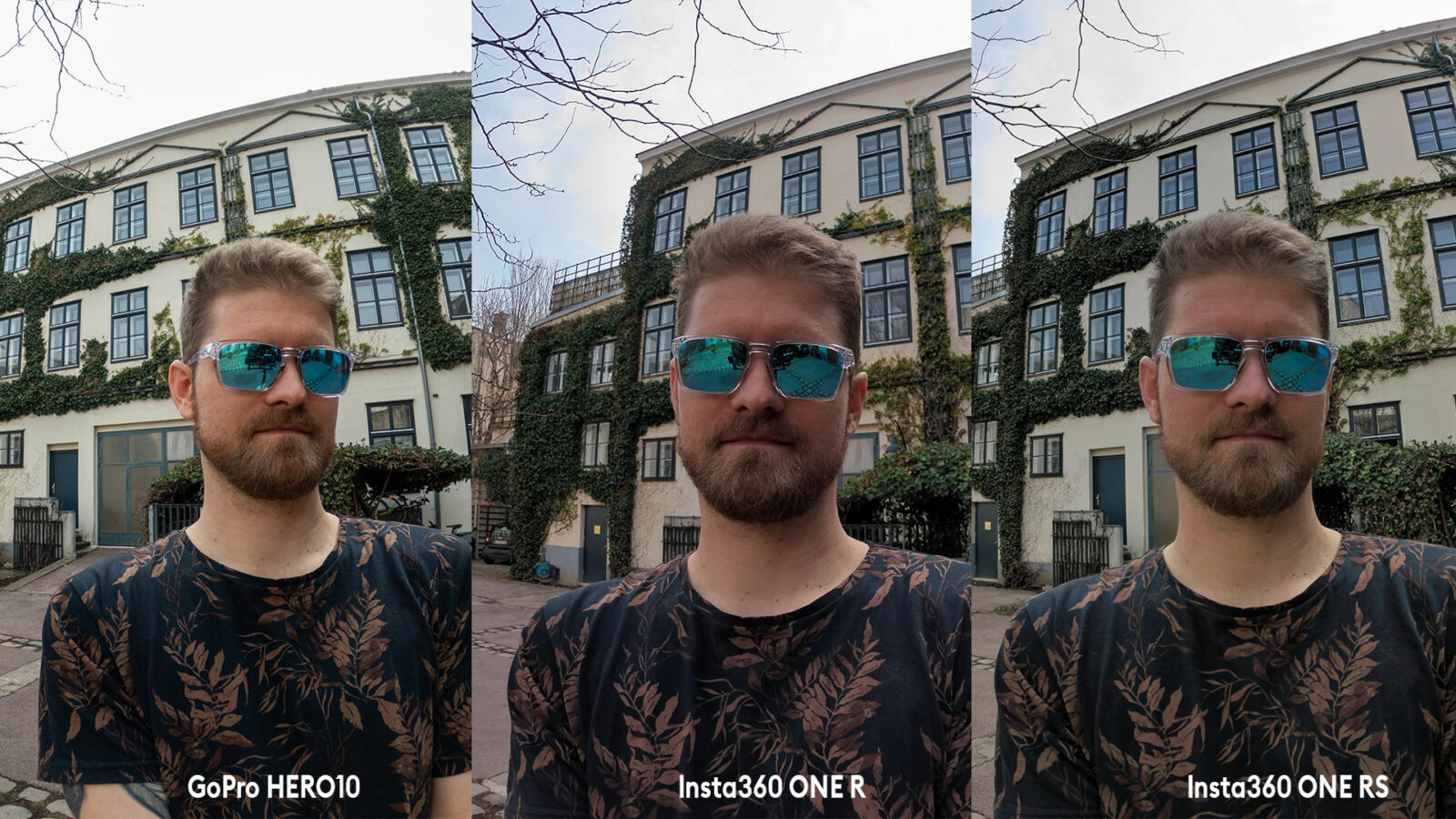
When it comes to video, the new 4K boost lens camera module, unfortunately, adds almost no new framerates or resolutions when compared with the ONE R. It still maxes out at 4K 60 fps, 2.7K 100 fps, or FullHD at 200 fps. My favorite mode in action cameras, the 4K 4:3 mode, is unfortunately limited to a maximum of 30fps here. The only new resolution is the 6K widescreen mode at 2.35:1 ratio which is limited to 25 or 24 fps only. The module also can record Active HDR video in up to 4K 30 fps. When it comes to picture profiles, I recorded most of my clips in the Vivid profile, but the camera also offers a standard and a log profile as well.
Faster Core module
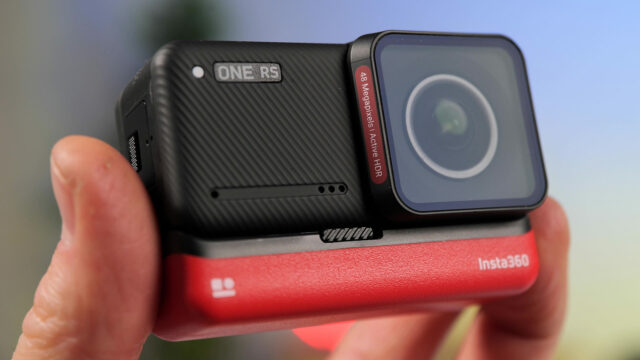
The next innovation is the new touchscreen core module that now has a faster image processor which enables the camera to apply the FlowState stabilization directly in-camera up to 4K 60 fps and save the video files as MP4 for direct sharing. The ONE R only could apply FlowState in the post-production in the resulting 4K 60 fps “INSV” video files. The faster processor also allows for faster data transfers over wifi.
Same 360 camera module
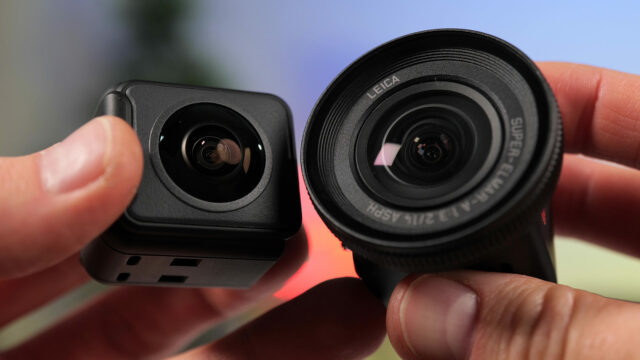
As I mentioned earlier, the 360 camera module is not new and it still maxes out at 5.7K 30 fps. I actually quite enjoyed using it for a few first-person-view clips and for some invisible selfie stick action. For choosing the right angle in the postproduction, you can use either a computer with the Insta360 Studio or the Insta360 smartphone app. The stitching is, of course, still visible in the exported clips, but I found out that the optical flow stitching setting in the Insta360 Studio gave me the best results. In low-light, the 360 camera sometimes gave me strange artifacts in the image, but that is not an exception – most action cams I used before cannot combine stabilization with low light shots well and the image sometimes falls apart.
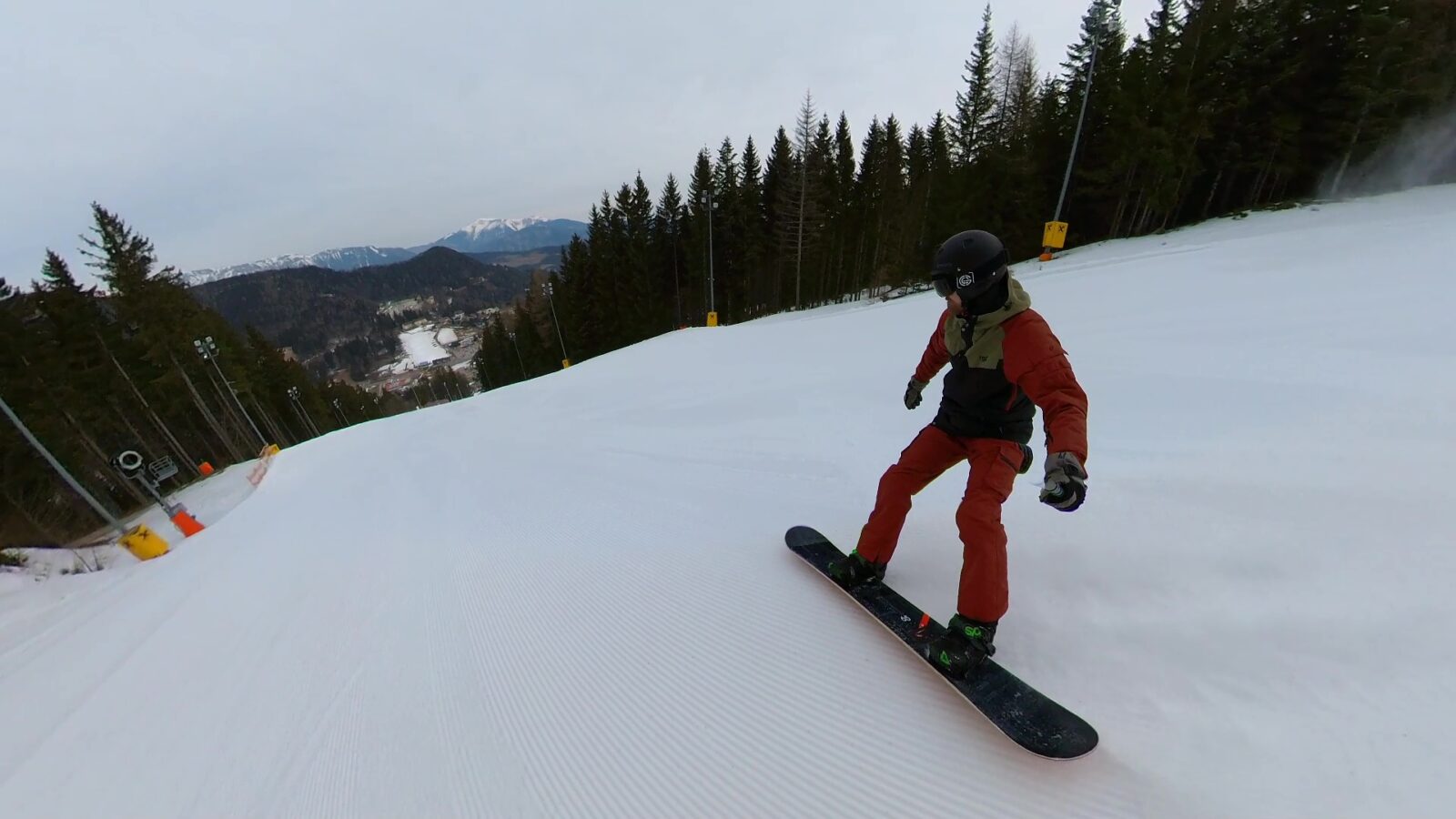
Larger battery module
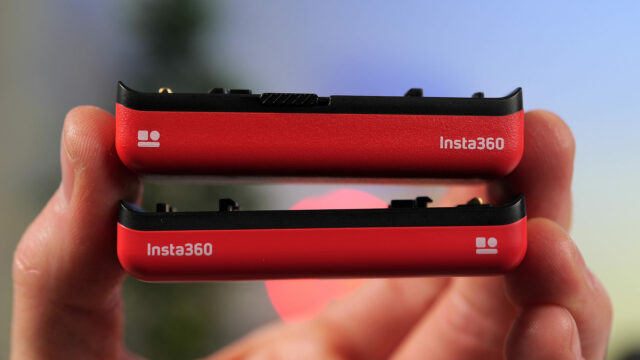
The good thing is that the battery module now has a larger capacity. Insta360 increased it from 1190mAh to 1445mAh. Although the faster image processor might drain a bit more juice, the extra 250mAh more than compensate for it. In my simple battery test, I compared the new ONE RS against the original ONE R and against the GoPro HERO10 (with the regular battery, not the enduro battery). All three cameras were set to 4K 30fps 16:9 without any stabilization. I did not let the cameras turn off the screens and I cooled them all down with a fan. The GoPro gave up first after 57 minutes which I think is mainly because of the much larger screen at the back which inevitably drains more power. Next, the Insta360 ONE R drained the battery after 68 minutes. The new ONE RS managed to record for 88 minutes before turning off.
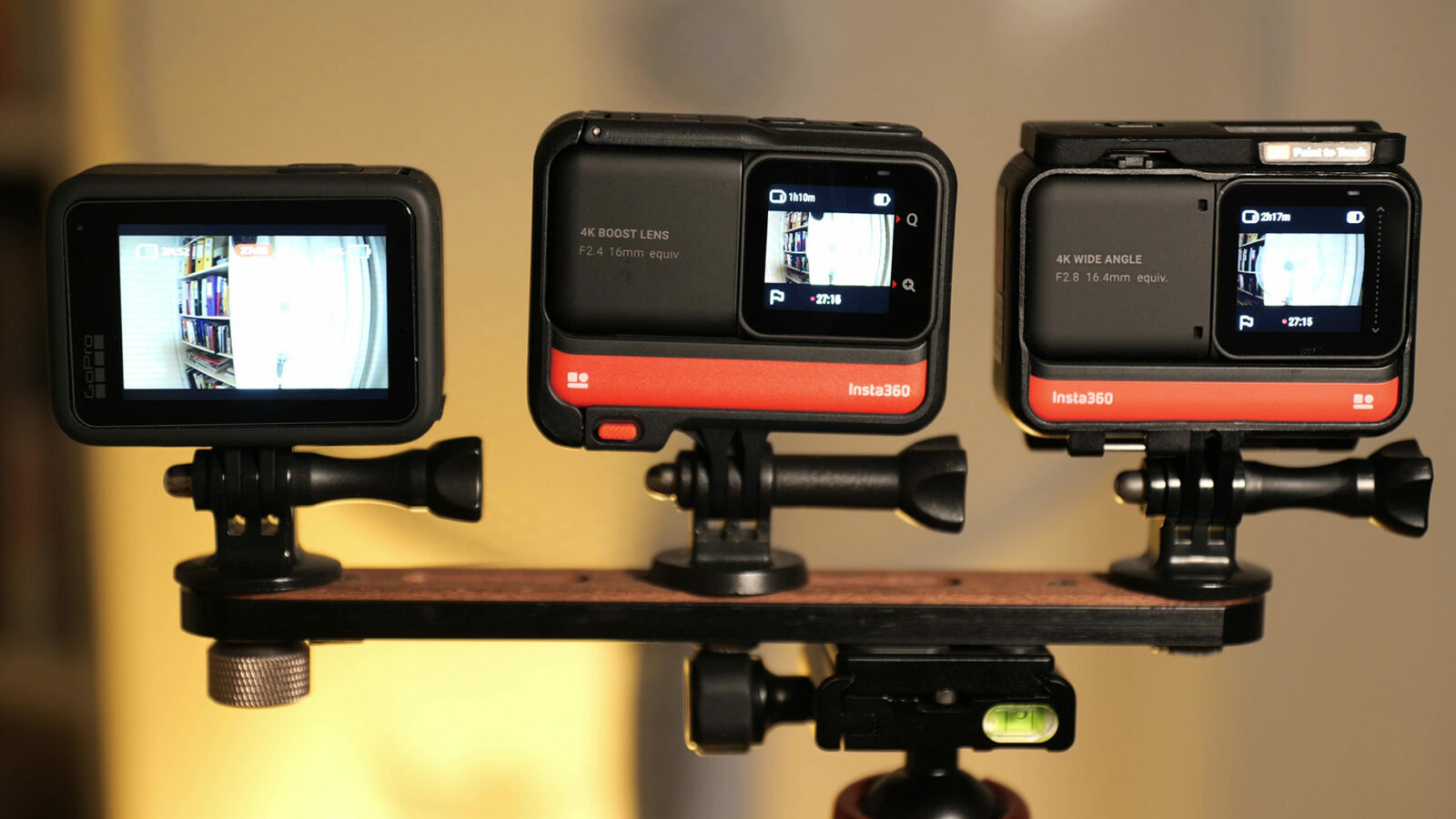
New mounting bracket for faster lens switching
Because of the larger capacity, the ONE RS battery module is now also thicker, so the camera will not fit into the original mounting bracket of the ONE R. Thankfully, Insta360 made a new bracket and I have to say I quite like the changes they made. The new mounting bracket is useful as it makes the switching between different camera modules much faster. It pops open from the side and the whole camera can slide out. I tried to change the camera module with both the ONE R and ONE RS and the whole process is indeed faster which really improves the whole modularity experience. Other than that, the bracket should also help with heat dissipation and provide a wind cover for the microphones.
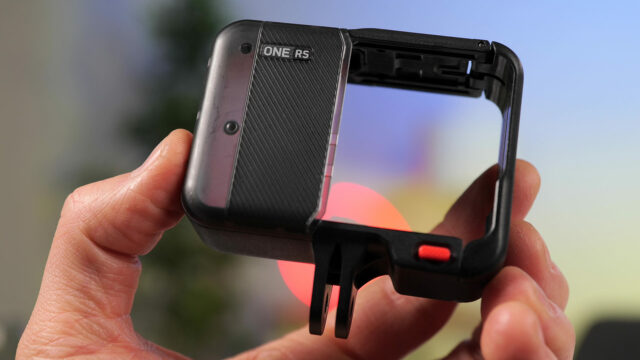
Both the ONE R and ONE RS, with their mounting brackets on, are a bit larger than the GoPro HERO10 which has a foldable mount built-in at the bottom. Interestingly, all three cameras have a very similar weight at around 160g. When setting up the ONE RS for shooting, I have to admit I was often struggling with the tiny touchscreen at the back as it sometimes did not register my swipes and taps correctly. Controlling the camera via the Insta360 app is much more convenient, but it drains the battery a bit faster. As usual with most Insta360 cameras, the app is well advanced and seems to work very reliably.
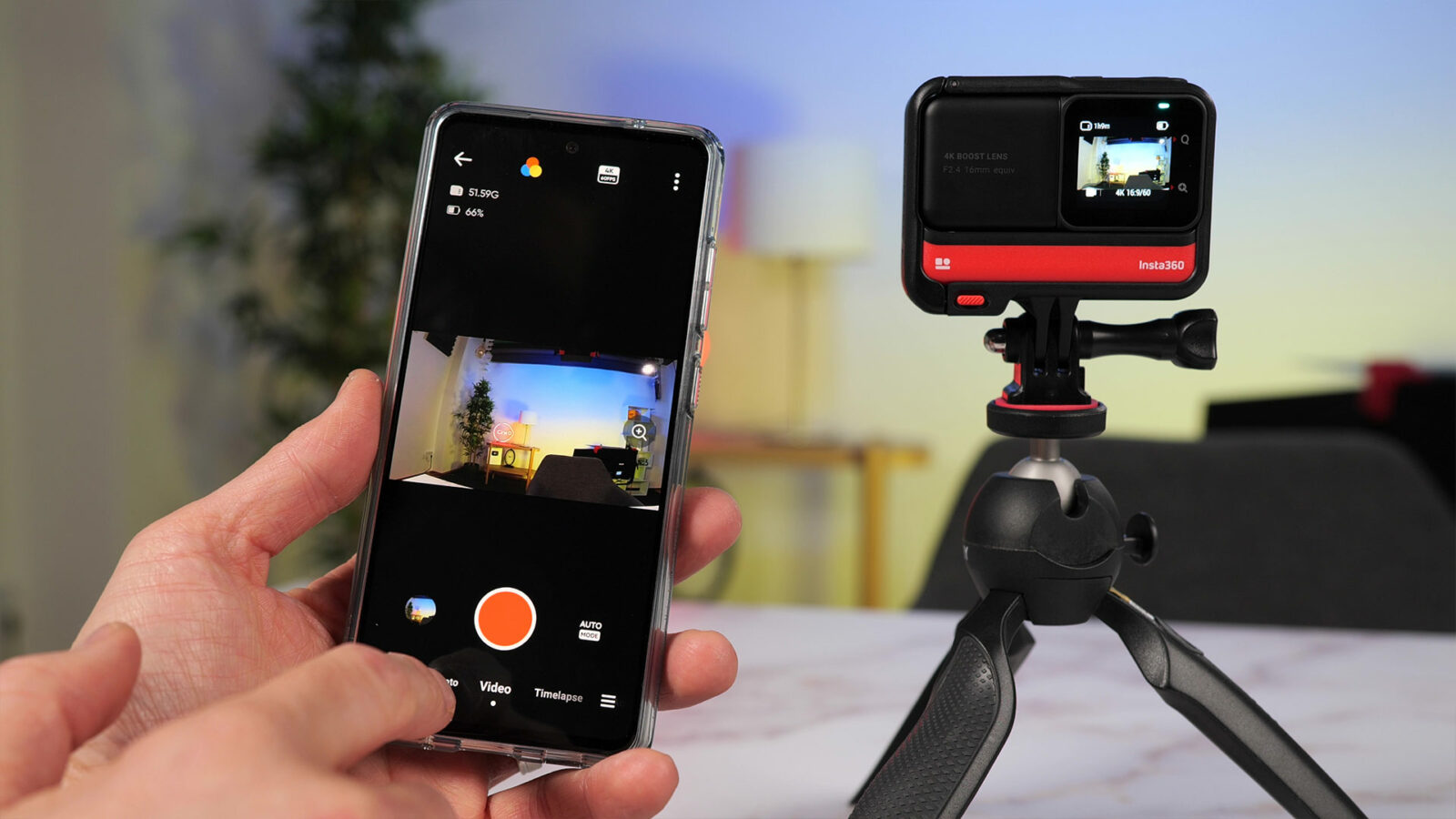
Conclusion
To sum it up, the Insta360 ONE RS is an interesting modular action camera. It fixes some shortcomings of the original ONE R (here’s our original review of the Insta360 ONE R, compared with the GoPro Hero8)- I especially like the longer battery life and the new mounting bracket for faster module change. When compared with the competition from GoPro or DJI, however, the camera falls behind in framerates and resolutions. If you are in the market for the most compact solution that can do both regular and 360 videos, the ONE RS might be a good choice. On the other hand, getting a dedicated 360 camera such as the Insta360 ONE X2 (our review here) and then a separate action camera from GoPro or DJI, that will give you better slow motion when needed, might not be a bad idea as well.
What do you think about the new Insta360 ONE RS? Do you use action cams for your videography? Do you like the modularity of the original ONE R? Let us know your thoughts in the comments section below.
